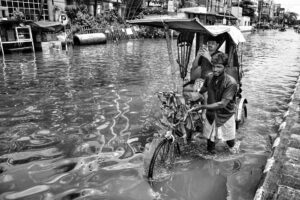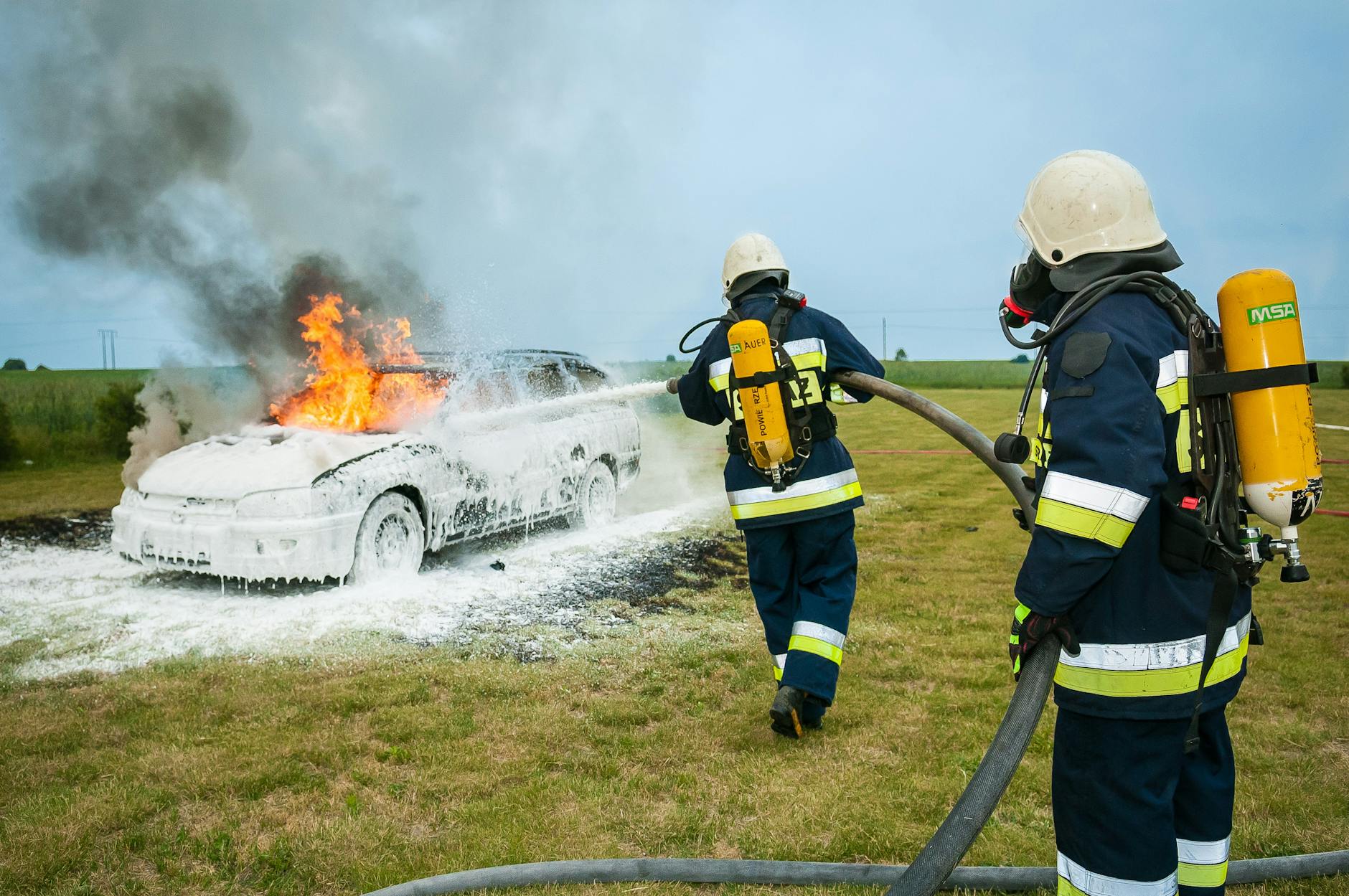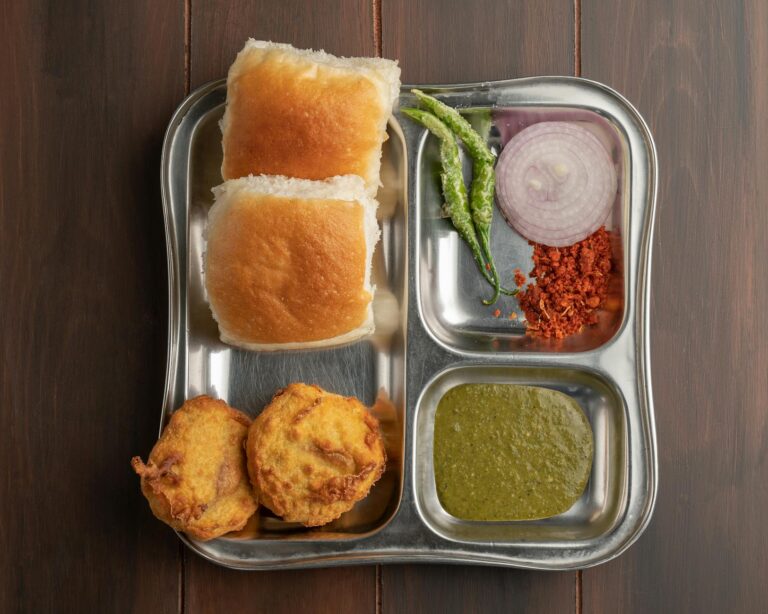Oil Tankers Collide Near UAE—And No, It’s Not About Israel-Iran Tensions (Probably)
So here’s what went down early Tuesday near the Strait of Hormuz: two massive oil tankers smashed into each other and—boom—instant fireball. Thick black smoke choking the skyline just off the UAE coast. The shipowner, Frontline, was quick to call it a navigation screw-up, not some shadow war move between Israel and Iran. But let’s be real—when this happens in the world’s busiest oil shipping lane, you’ve got to wonder: How the hell does this still happen? And what’s stopping the next disaster?
1. The Crash: Breaking It Down
1.1 What Actually Happened
The Atlantic Sunrise (carrying a cool million barrels of crude) and the Pacific Voyager (smaller, hauling chemicals) decided to occupy the same space at 4:30 AM. Bad idea. Within minutes, both were blazing like Diwali fireworks. Emergency crews? Yeah, they had their work cut out for them.
1.2 The Mess After
All 42 crew got out alive—three with minor burns, which honestly could’ve been way worse. Satellite pics showed a nasty oil slick stretching a couple miles, but officials were like, “It’s fine, totally under control.” Fujairah’s port director Khalid Al-Mansoori put it bluntly: “Stopping the fire from reaching the fuel tanks? That was the only priority.” By noon, flames were dying down. But oil markets? Already freaking out.
2. Frontline’s Take: “Our Bad, Not a Conspiracy”
2.1 The Official Line
Frontline—who owns the Atlantic Sunrise—called it a “classic case of human error.” Their CEO Lars Barstad told Reuters, “Look, it’s simple: crew miscommunication led to this. No sabotage, no shady business.” Translation: We messed up, but at least we’re not starting WWIII.
2.2 Why the Strait of Hormuz Is a Nightmare for Navigation
Let me put it this way: Imagine 21 million barrels of oil (that’s a third of global seaborne trade) squeezing through a 21-mile-wide gap daily. Ships are practically bumper-to-bumper, radar glitches happen, and exhausted crews make dumb calls. Sound like a disaster waiting to happen? Because it is. Back in 2018, a similar crash got blamed on “crew fatigue.” Surprise, surprise—nothing’s changed.
3. The Strait of Hormuz: Where the World’s Oil Anxiety Lives
3.1 Why This Tiny Strip of Water Matters So Damn Much
Over 20% of the planet’s oil supply flows through here. Saudi Arabia, Iraq, UAE—they all depend on it. And here’s the kicker: When Iran grabbed a random tanker in January? Oil prices spiked 3% overnight. That’s how fragile this system is.
3.2 A History of Drama (But Probably Not This Time)
This region’s been a powder keg since the ’80s “Tanker Wars.” Drones, missiles, cyberattacks—you name it. But Tuesday’s crash? No signature moves. Energy analyst Rasha Al-Aqeedi nailed it: “This wasn’t some covert op. Just good old-fashioned human error.”
4. Could We Have Avoided This? (Spoiler: Probably)
4.1 Why Tankers Keep Crashing Into Each Other
Three words: fatigue, old tech, and insane deadlines. Crews pull 12-hour shifts, radar systems look like they’re from the ’90s, and everyone’s racing the clock. Former tanker captain James Kavanagh put it best: “You’re basically doing open-heart surgery while sprinting. One slip and—well, you saw what happens.”
4.2 Are the “Safety Rules” Actually Working?
On paper? Sure, the International Maritime Organization has all these fancy collision-avoidance rules. In reality? Enforcement is a joke. Some companies are testing AI navigation—which sounds great—but adoption is slower than a Mumbai local train at rush hour. Shipping consultant Maria Vasquez isn’t hopeful: “We’re playing Russian roulette with global oil supply.”
5. The Ripple Effect: Oil Prices and Trade Chaos
5.1 Immediate Market Reaction
Brent crude jumped 1.8% after the crash, then chilled when Frontline said it was just an accident. Compare that to 2019, when attacks sent prices rocketing 15%. Bloomberg’s Javier Blas summed it up: “Markets think this is a one-off. For now.”
5.2 The Bigger Problem Nobody’s Fixing
With U.S.-Iran talks going nowhere and Houthis blowing up Saudi ports, insurance for Hormuz-bound ships is getting stupid expensive. Some traders are already taking the long way around Africa—adding 10 days and a cool million bucks per trip. Guess who’s paying for that? Hint: It’s not the oil companies.
Bottom Line
By all accounts, this was just another Tuesday in the Strait of Hormuz—a place where geopolitics and megatankers play chicken daily. Frontline’s cleaning up their mess, but here’s the thing that keeps me up at night: In a region this tense, how long until the next “accident” isn’t one?
Source: Dow Jones – World News












